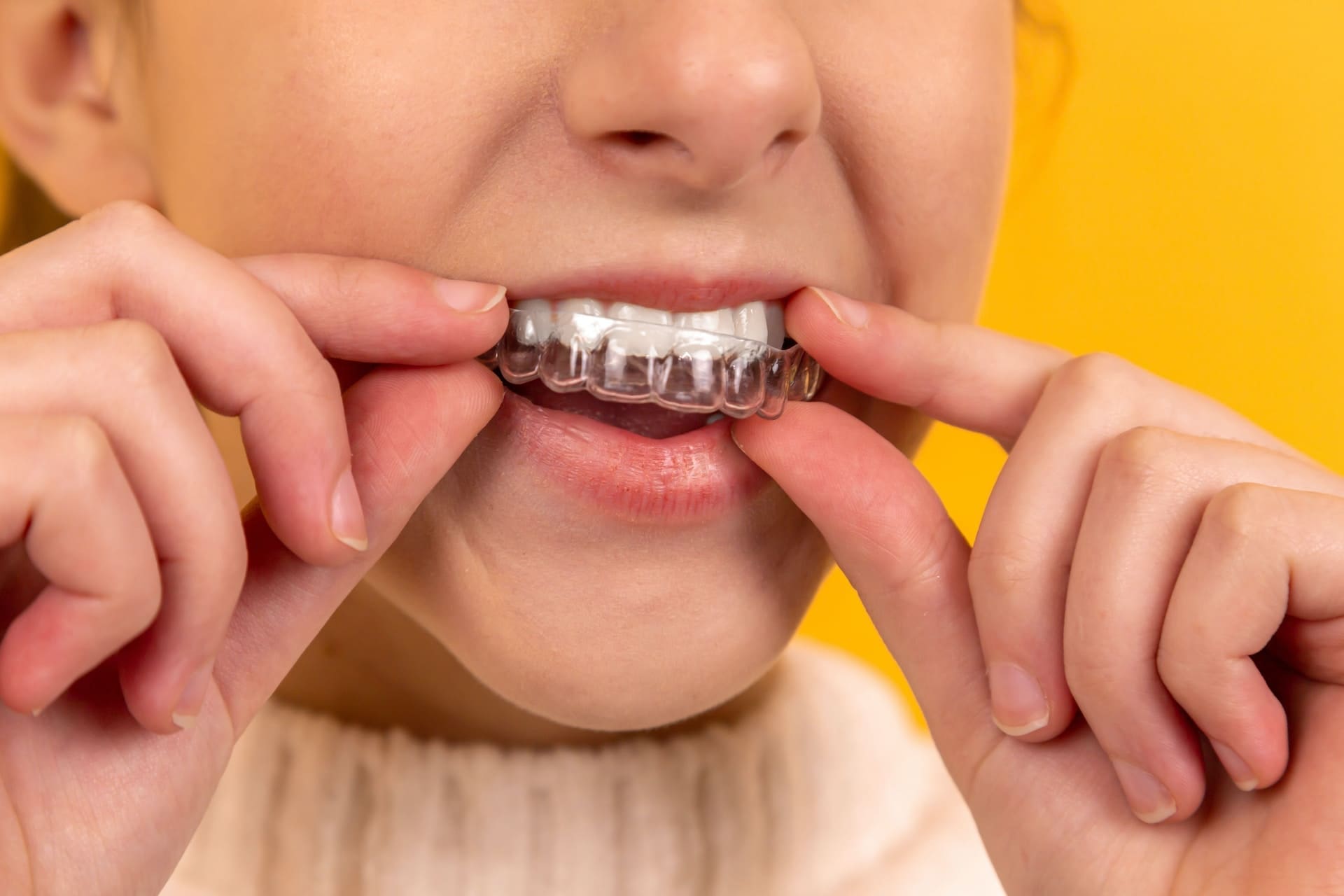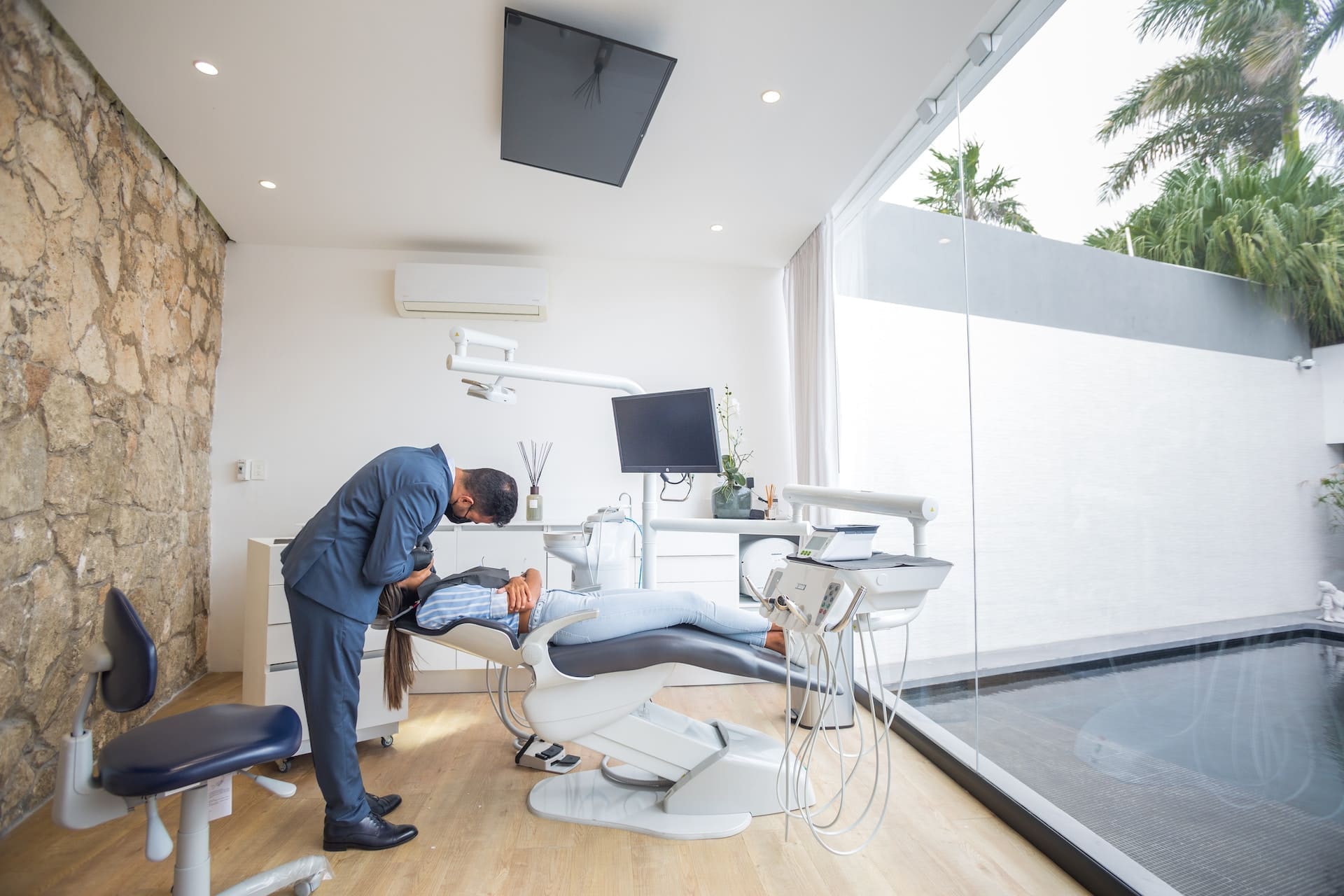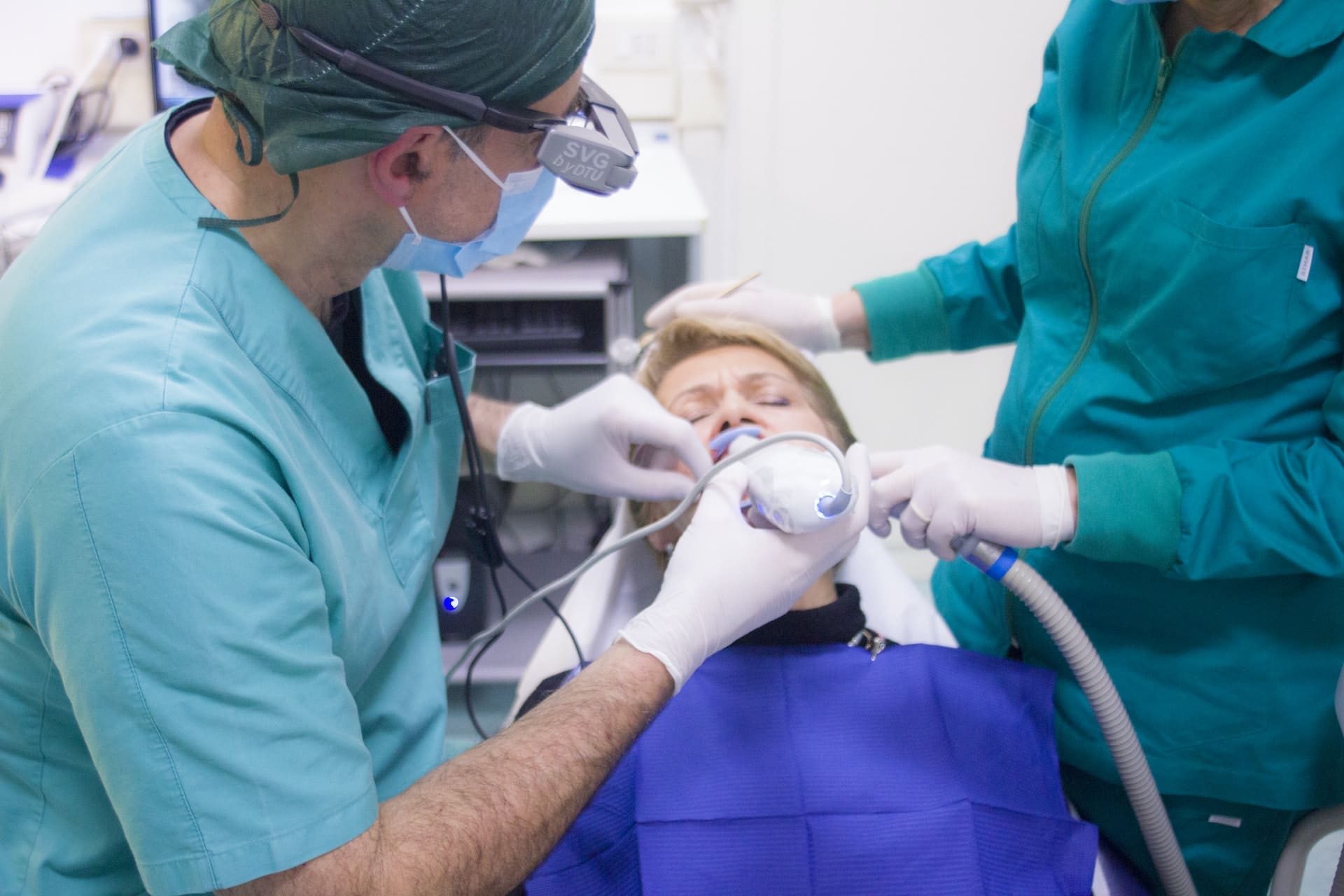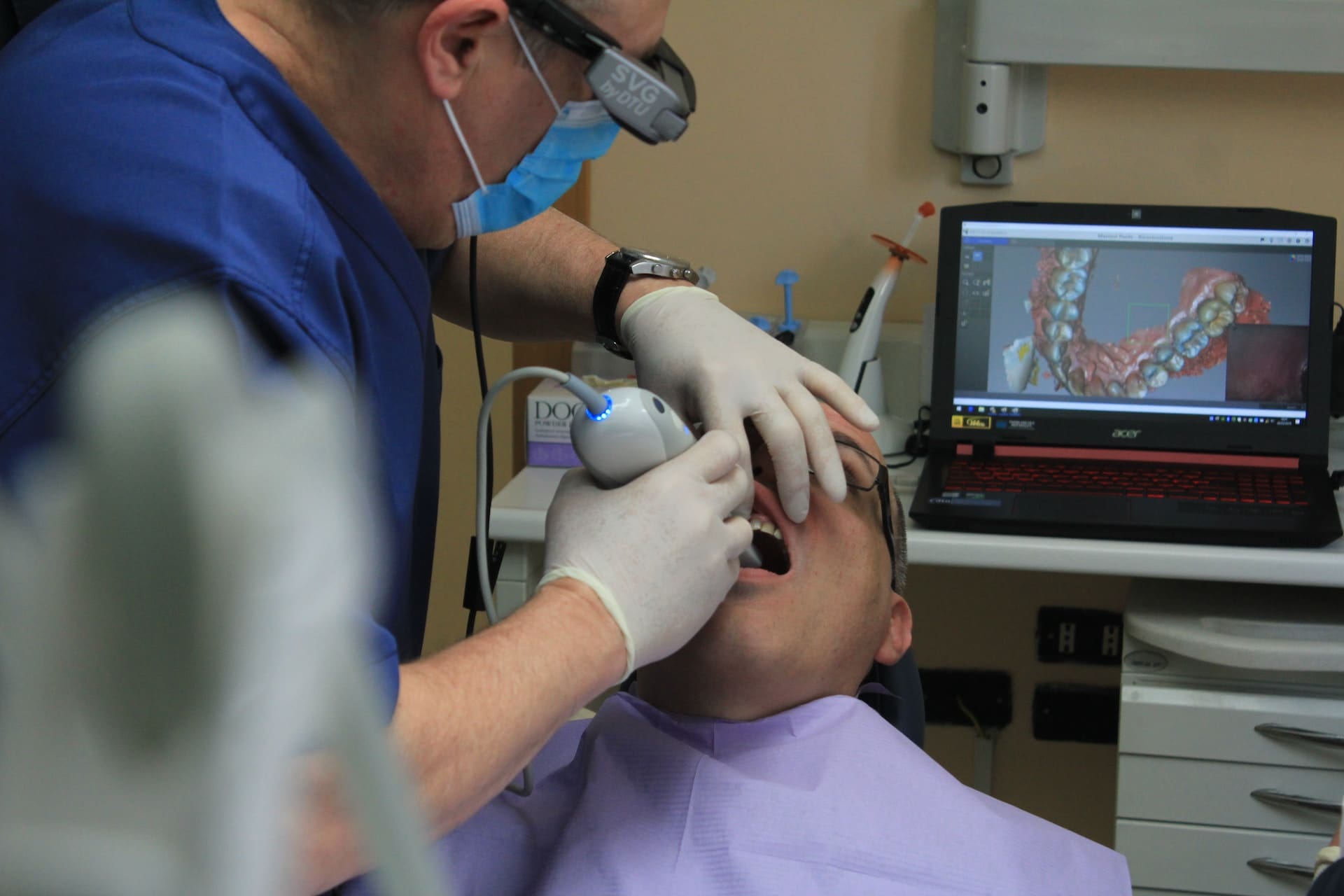Invisalign vs. Traditional Braces: A Comprehensive Comparison for Your Orthodontic Needs
Orthodontic solutions have significantly evolved over the years, and patients now have more options than ever to choose from when it comes to straightening their teeth and achieving a confident smile. Invisalign aligners and traditional braces are among the most popular and widely-used treatments. While both options are designed to correct dental issues such as crooked teeth, malocclusion, or overcrowding, each has unique features and benefits.
Understanding the distinctions between these two treatment options and considering personal preferences, lifestyle factors, and dental conditions is crucial in making the right decision for your orthodontic needs. At Weymouth Dental Arts, we prioritize providing personalized orthodontic care and consultation, helping patients make informed choices and benefit from the most suitable treatment plan to improve their smiles.
In this blog post, we will delve into the specifics of Invisalign aligners and traditional braces, highlighting differences in treatment methods, appearance, convenience, and comfort. We will also explore the effectiveness and suitability of each option, comparing treatment outcomes and emphasizing the need to consider personal preferences and dental conditions.
Lastly, we will demonstrate how Weymouth Dental Arts offers expert consultation, assessment, and comprehensive orthodontic solutions to support you in making the right decision for your orthodontic journey.
Join us as we compare Invisalign and traditional braces in-depth and showcase Weymouth Dental Arts’ dedication to delivering personalized and effective orthodontic care tailored to individual needs and preferences.
Invisalign vs. Traditional Braces: A Comprehensive Comparison for Your Orthodontic Needs
Treatment Methods: Invisalign vs. Traditional Braces
Both Invisalign aligners and traditional braces aim to correct misaligned teeth and improve oral health, but their treatment methods differ in various aspects.
a. Aligners vs. Brackets and Wires
Invisalign utilizes a series of clear, custom-made aligners designed to gradually shift your teeth into their desired position. These aligners are swapped every two weeks to continually progress your treatment. In contrast, traditional braces use metal brackets, wires, and rubber bands to apply continuous pressure on teeth, progressively moving them over time.
b. Duration of Treatment
The average treatment time for Invisalign may range from 12-18 months, depending on the patient’s specific orthodontic needs. Traditional braces usually require more time, with treatment often lasting between 18-24 months. However, the exact duration will differ based on individual conditions and the complexity of the dental issues being addressed.
Appearance: Clear Aligners vs. Metallic Braces
Appearance is a significant concern when selecting an orthodontic treatment, and it’s essential to understand the aesthetic differences between Invisalign and traditional braces.
a. Aesthetics and Confidence
Invisalign aligners are made from transparent, medical-grade plastic, rendering them virtually invisible compared to the metallic components of braces. The discreet nature of clear aligners often appeals to patients who feel self-conscious about their appearance during treatment.
On the other hand, traditional braces, although more noticeable, can be customized with colored rubber bands to reflect a patient’s unique style or preferences.
Convenience and Comfort: Aligners vs. Braces
Both Invisalign and traditional braces come with distinct advantages in terms of convenience, comfort, and the ability to adapt to a patient’s daily life.
a. Removability and Adjusting
Invisalign’s clear aligners are entirely removable. This removability allows patients to eat, drink (except water), and brush their teeth without any impediments. However, it’s crucial to wear the aligners for at least 20-22 hours per day to guarantee treatment effectiveness. In contrast, traditional braces are fixed and can only be removed by a dentist, which requires dietary adjustments and more intricate oral hygiene practices.
b. Eating and Oral Hygiene
With Invisalign, patients can easily remove their aligners during meals, eliminating the risk of damaging their aligners or being restricted in their food choices. However, it is essential to brush your teeth before reinserting the aligners to prevent staining and maintain proper oral hygiene. Traditional braces may require more significant alterations to one’s diet and careful cleaning to prevent food particles from getting trapped between the braces.
Effectiveness and Suitability: Which Option Is Right for You?
Every patient’s orthodontic needs and preferences are unique, and understanding the effectiveness and suitability of each treatment option is crucial to making an informed decision.
a. Comparing Treatment Outcomes
Both Invisalign and traditional braces have proven effective in treating various orthodontic issues from mild to moderate severity. However, traditional braces may be more suitable for complex dental cases that require significant tooth or bite adjustments.
b. Considering Personal Preferences and Dental Conditions
Expand on this section with the following points: Deciding between Invisalign and traditional braces often comes down to personal preferences, such as appearance, comfort, and convenience. However, a dentist’s assessment of a patient’s dental condition and the severity of the dental issues being addressed will ultimately determine the most appropriate treatment option.
Personalized Orthodontic Care at Weymouth Dental Arts
Weymouth Dental Arts is committed to providing exceptional orthodontic care tailored to patients’ unique needs and preferences.
a. Expert Consultation and Assessment
Our dental team takes the time to thoroughly examine your teeth and jaw, evaluate your dental history, and discuss your concerns and preferences, ensuring a personalized treatment plan that aligns with your goals and oral health requirements.
b. Comprehensive Orthodontic Solutions
Whether Invisalign or traditional braces are deemed the most suitable treatment plan for you, our skilled and compassionate team is dedicated to helping you achieve a beautiful and healthy smile through expert orthodontic care.
Conclusion
Invisalign and traditional braces offer different advantages and results for patients seeking orthodontic treatment. A thorough understanding of each option’s unique features, effectiveness, and appearance can help guide your decision-making process.
At Weymouth Dental Arts, we pride ourselves on providing personalized consultation, expert care, and the vital support you need to navigate your orthodontic journey with confidence. No matter which treatment you choose, we will assist you in achieving the ideal smile you desire and deserve.
Let our dependable dentist in Weymouth, MA, help you decide on the best orthodontic treatment for your unique needs. Schedule your consultation today via phone or book an appointment online through our website.






